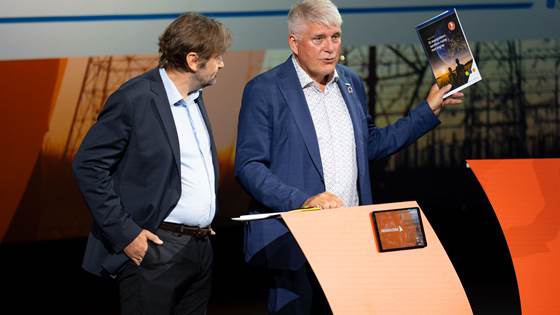
How can Norway secure its energy system in the face of current threats?
A new report from SINTEF and NTNU presents three clear recommendations for a more resilient energy system.

A new report from SINTEF and NTNU presents three clear recommendations for a more resilient energy system.
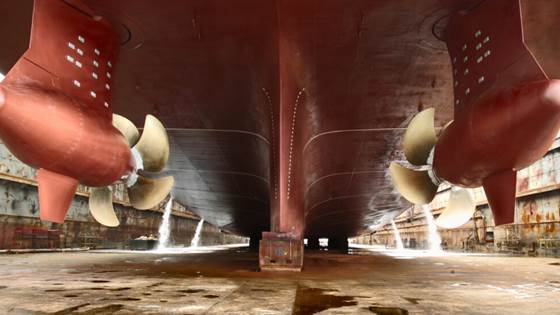
If a worn propeller requires repair, the CO2 footprint will be a full 40 percent lower if the job is done in Norway than if the repair is done in China, the researchers write in this article.
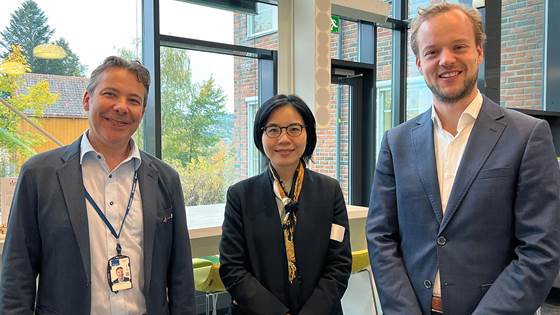
As countries race to scale up low-emission hydrogen, key challenges – such as high costs, infrastructure gaps, and policy barriers – need to be addressed to build robust and sustainable hydrogen supply chains. Insights from pioneers like Japan and...
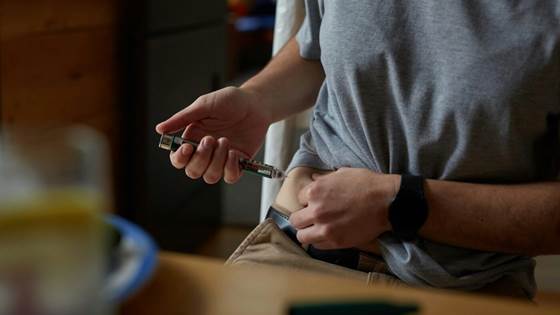
Artificial intelligence of the future will be in the form of small, specialized models.
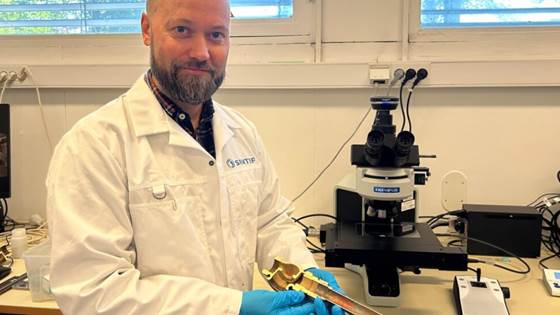
Waiting until water damage occurs is expensive. But it also doesn’t make financial sense to replace pipes too early. We looked into the best time to do it.
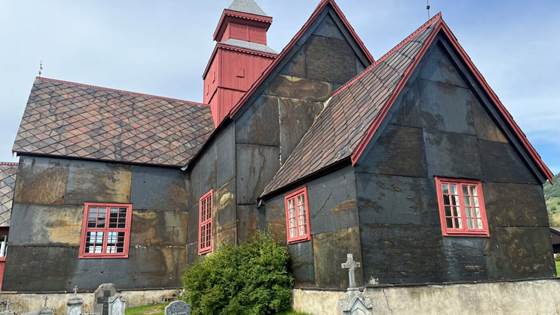
Different building materials carry different climate footprints. Norwegian natural stone, such as Otta slate, turns out to have surprisingly good properties as a façade material.
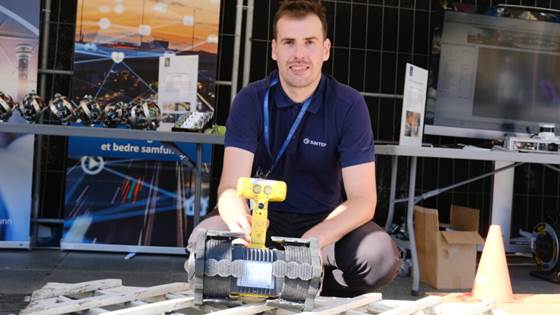
When disaster strikes, a small robot steps in to save lives. The researchers have dubbed it a “Smurf.” It uses its eyes, ears and nose to find survivors in collapsed buildings.

In order to achieve a circular future, waste treatment needs to evolve. A new report from SINTEF-led project, CircWtE, explores how to do just that.
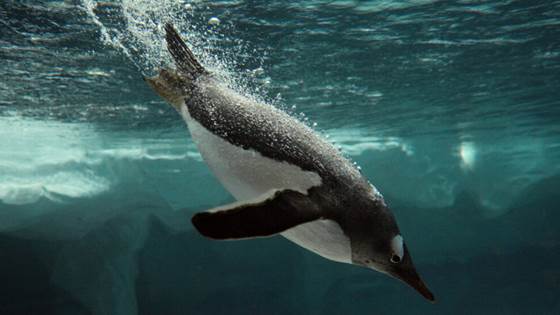
‘Bubbles’ – taste that word – and think soda, soap, play and well-being. But did you know that air bubbles can also reduce fuel consumption and emissions from oceangoing vessels?
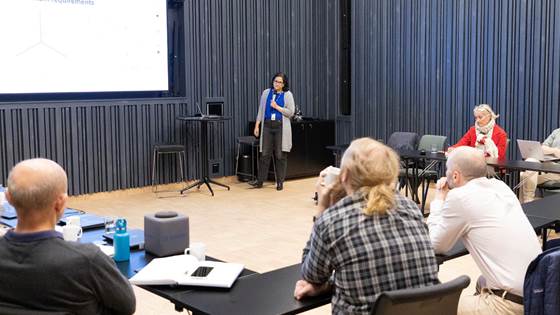
High-quality monitoring data and control actions altering blade position by roughly 20° could help prevent collisions between birds and wind turbines.
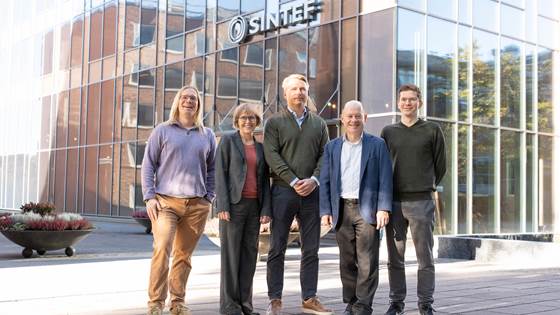
SINTEF’s newest spin-off, Previse Technologies, is developing technology that can detect corrosion hiding under process pipe insulation before it can lead to accidents. The technology developed at SINTEF Energy Research can cut maintenance costs by...
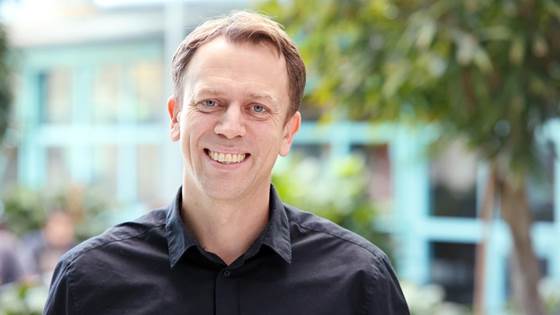
SINTEF Energy Research has now begun using Norway’s brand-new supercomputer, Olivia, and the first results show a leap forward in hydropower planning.
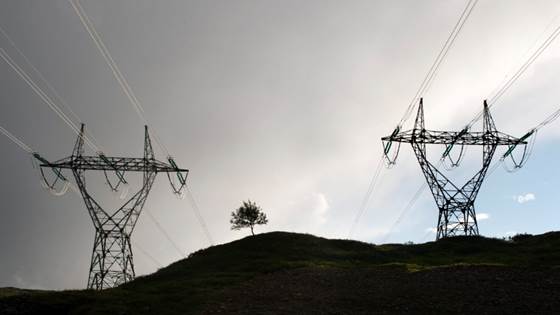
Norway can save investment costs of a staggering 25 billion NOK [ca. €2.1 billion] in the power grid by upgrading the quality of insulation paper used in transformers – dramatically increasing their lifespans.
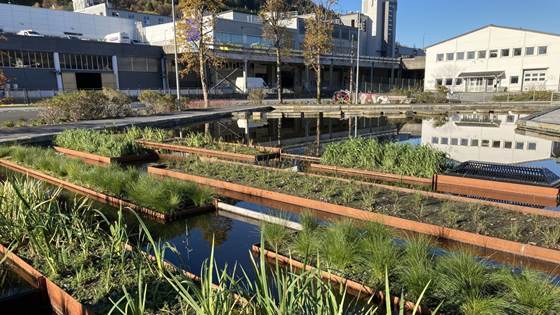
SINTEF researchers play an important role in Water Europe’s work on water security and resilience.
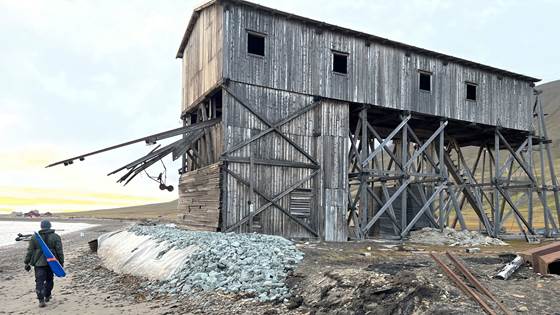
Arctic cultural heritage faces new threats as climate shifts. In this article we explore technical-industrial cultural heritage in Svalbard, what insights it offers, and how to preserve it on degrading permafrost.